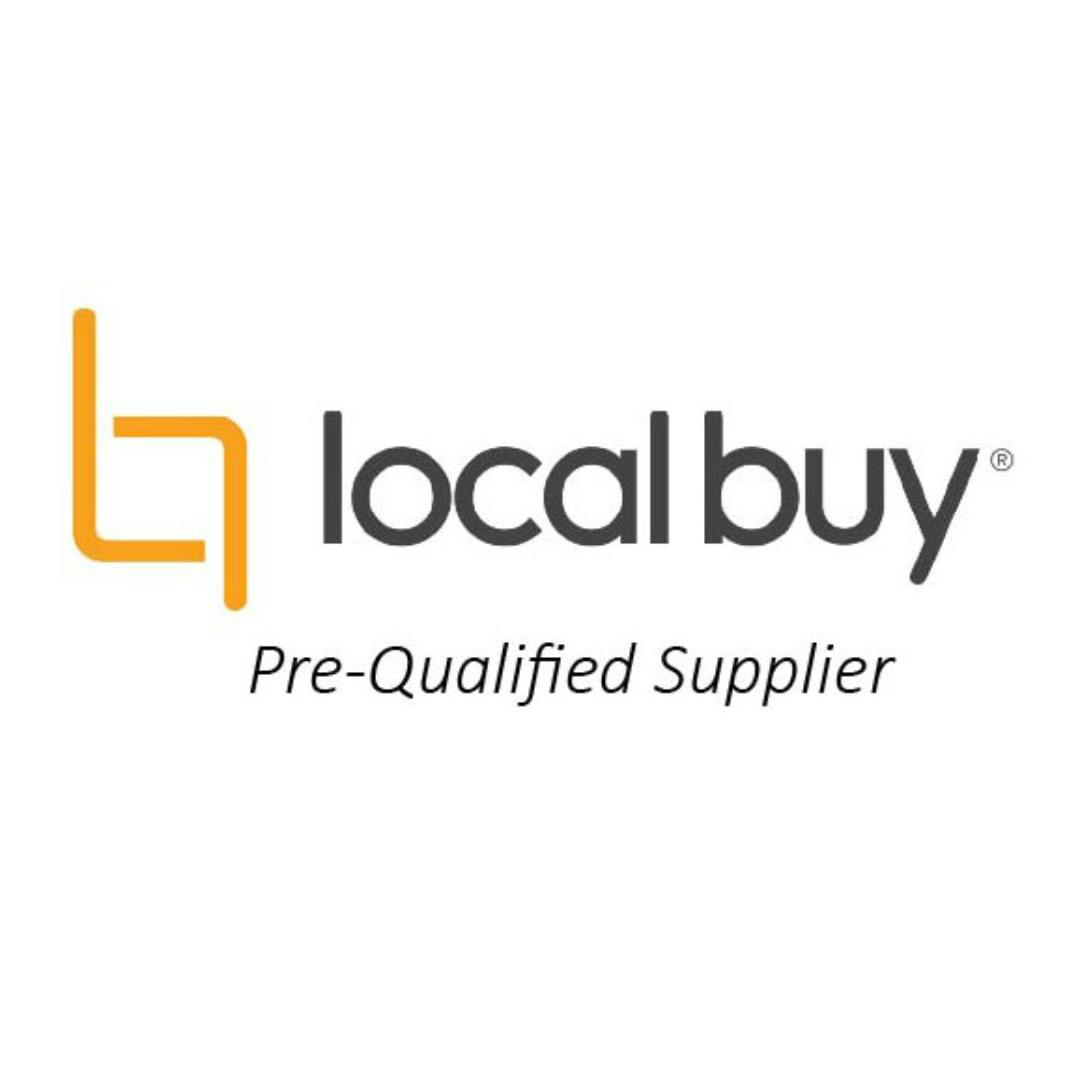Under the new contractor Minimum Financial Requirements for licensing (MFR), since 1 January 2019 the QBCC has been tasked with assessing for annual reporting purposes:
- ‘signed financial statements’ from 742 large contractors (phase 1); and
- declarations from self-certifying licensees who have a turnover not exceeding $800,000 or ‘internal management accounts’ from licensees who have a turnover greater than $800,000 but less than $30 million. There are approximately 70,000 licensees that are captured by these two requirements (phase 2).
Schedule 3, dictionary of the MFR (pages 53- 56) defines the above highlighted terms. Furthermore, there is a choice of two approved self-certifying declarations, namely:
- Licensees that require a $200,000 maximum revenue (this option is not available to builders); and
- Licensees that require a $800,000 maximum revenue.
Phase 1 Outcomes
The QBCC recently tabled its 2018/2019 Annual Report where it was indicated that in relation to new MFR for licensed contractors that commenced on 1 January 2019:
“Phase 1 of the new Minimum Financial Requirements Regulation reintroduced annual financial reporting and required category 4–7 licensees to provide their most recent financial information by 31 March 2019.”
Furthermore, in relation to these larger contractors, all with a maximum revenue entitlement of $30 million or greater, the report went on to state:
“As at 30 June 2019, 742 category 4–7 licensees lodged financial reports with the QBCC under the new annual reporting requirements. We issued 74 show cause notices for suspected non-compliance with minimum financial requirements and 17 licence suspensions. We also imposed licence conditions on seven licensees. Our activities under the annual reporting requirements have resulted in the net tangible asset positions of category 4–7 licensees in Queensland improving by $272,127,342.”
I pointed out to readers the commitment of the QBCC to act along these lines in several previous articles, namely:
- Building Businesses: QBCC contractor financial fails
- Building Businesses: QBCC contractors financial fails update
- Laing O’Rourke licence suspension. Lessons Learnt
While this initial implementation phase of the new annual reporting requirements has now been completed, the QBCC has indicated that it will continue to closely monitor these high turnover licensees because of their potential to succumb to some form of insolvency and cause resultant financial hardship for others.
In an article in the Courier Mail entitled “QBCC reveals the building companies at ‘highest risk’ of going insolvent in Qld” it is stated:
“QBCC research shows companies with an annual allowable turnover of more than $30 million are “some of those at the highest risk of insolvency”.
It comes as Master Builders urges builders to “hang in” ahead of a tough year ahead for the industry.”
Phase 2 Update
In a recent article in the Courier Mail entitled “New warning as landmark financial laws put state’s builders under pressure” it is stated:
“MORE than 70,000 builders across Queensland have been ordered to comply with new landmark financial reporting or risk the suspension or cancellation of their license.
The second phase of the State Government’s minimum financial requirements laws will take effect on December 31.
It requires Queensland Building and Construction Commission licensees with a maximum allowable annual turnover below $30 million to provide information to the watchdog by December 31.
About 70,000 small and mid-sized companies, many of them family-owned, will be caught in the net, which is designed to reduce the number of builders going into liquidation.
‘The law requires licensees to have an adequate asset base to support their turnover and is part of a suite of reforms to improve the sustainability of the building and construction sector,’ Commissioner Brett Bassett said.
‘Experience tells us that companies which operate without the appropriate asset base to support their turnover are at higher risk of facing insolvency.’
‘While there is no law that can provide an iron-clad guarantee against business failure or financial mismanagement, people who invest in Queensland and workers who establish their career in Queensland need to be given the highest possible security that Queensland has a strong, stable building industry.’
About 800 builders have already provided the required financial information.”
Else where in the article it is sated:
“The QBCC expects to be inundated with financial reports as the December 31 deadline nears.
A new online portal has been built on its website for people to lodge reports.
‘We’re confident that both small and large companies will be able to make use of the online lodgement process,’ Mr Bassett said.
Information about how to lodge has been provided to licensees, and the QBCC will continue to provide reminders and more information as the deadline approaches.”
Phase 2 Insights
- I have been unable to verify the exact number of licensees that currently self-certify (SC1 and SC2) their financial position or fall within categories 1-3. These 5 groups capture all licensees with a maximum revenue below $30 million. However in a MFR Discussion paper (appendix 5), as at 4 July 2018 there were 69,981 such licensees.
- There are significant annual reporting differences for licensees that self-certify (59,569 as at 4 July 2018) and those that fall within categories 1-3 (10,412 as at 4 July 2018), namely:
- SC1 and SC2 licensees are only required to declare their revenue and Net Tangible Assets (NTA). They don’t have to engage an accountant to do this.
- Category 1-3 licensees need to provide the following reports:
- profit and loss statement;
- balance sheet;
- an aged debtors and creditors report; and
- statement of cash flows.
- These reports don’t have to be prepared by an accountant.
- While neither self-certifying declaration requires the licensee to confirm that they meet the current ratio of at least 1 for annual reporting purposes, it is a requirement under section 17 G of the MFR regulation that they must always do so (as is the case with all licensees).
- There is an annual reporting requirement that in respect of category 1 – 3 licensees, a statement of cash flows be provided. However, it is a reality that many such licensees have never previously produced such documents. This fact is recognised and there is a transitional provision within the MFR that allows exemption from providing this document if licensees don’t already have one prepared. However, this exemption will only be applicable for the first-year reporting. The statement of cash flows will be mandatory in the future to satisfy the annual reporting requirements.
- Internal management reports are sufficient to satisfy the annual reporting requirements for a category 1 – 3 licensee and as previously pointed out, these documents do not need to be prepared or certified by a qualified independent accountant.
- Information pertaining to the online portal mentioned in the above article is outlined in a document entitled Minimum Financial Requirements myQBCC use guide for licensees
- At a recent Helix Legal event the Commissioner for the QBCC, Brett Basset, pointed out that licensees are not restricted to using the online portal to lodge their annual declarations or reports. The QBCC will accept hard copies of the required information. He also expanded on the approach the QBCC will take when dealing with licensees failing to satisfy their legislative obligations in this regard. Stay tuned, we will shortly be publishing a video where the Commissioner addressed these issues in considerable detail.
Final thoughts
There is no doubt that contractors and the QBCC are facing considerable, different challenges in dealing with the reintroduction of annual reporting under the MFR.
It has been 5 years since contractors have been required to submit to the QBCC a report confirming they satisfy a financial criterion as an annual licence requirement. While licensees can submit the required information themselves, I strongly recommend that at a minimum, they have a conversation with their accountant about the financial position of the business prior to them doing so.
Likewise it has been 5 years since the QBCC has had the legislative responsibility of considering and processing annual financial information from thousands of licensees. How the QBCC handles the reintroduction of annual reporting by licensees with maximum revenue of less than $30 million, over the next several months, will be very important.
We at Helix Legal are committed to keeping industry participants up to date with developments in this regard. As far as we are concerned it is all about disseminating factually correct information in an easily understood manner and maintaining a respectful relationship with the QBCC so ‘conversations’ of the nature we had several weeks ago can be a regular occurrence.
Not intended as legal advice. Read full disclaimer.


